“Kazakhstan 🇰🇿 and Kyrgyzstan 🇰🇬 ~On Our 5-Stan Tour”
5 Stan Tour: Five countries in Two Weeks! In Total, we explored:
Kazakhstan 🇰🇿 Kyrgyzstan 🇰🇬 Tajikistan 🇹🇯 Uzbekistan 🇺🇿 Turkmenistan 🇹🇲
To and Through All Five Countries, we traveled 6,355 Miles in Two Weeks
Kazakhstan 🇰🇿
a Central Asian country and former Soviet republic, extends from the Caspian Sea in the west to the Altai Mountains at its eastern border with China and Russia. Its largest metropolis, Almaty, is a long-standing trading hub whose landmarks include Ascension Cathedral, a tsarist-era Russian Orthodoxchurch, and the Central State Museum of Kazakhstan, displaying thousands of Kazakh artifacts.
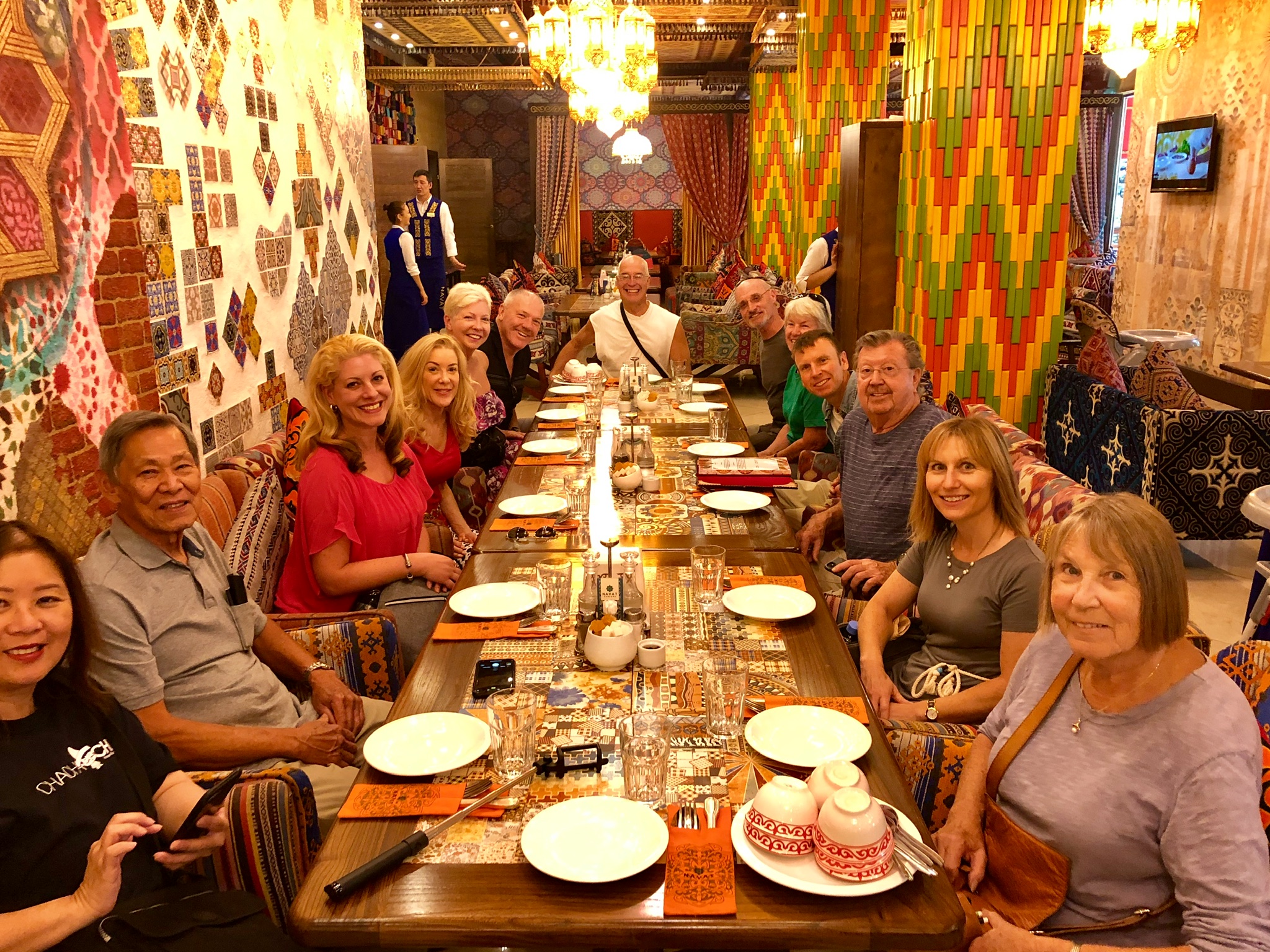
Our Tour Mates
Day 2: Tuesday, August 20
Almaty, Kazakhstan
…Start sightseeing tour in Almaty. You will visit….
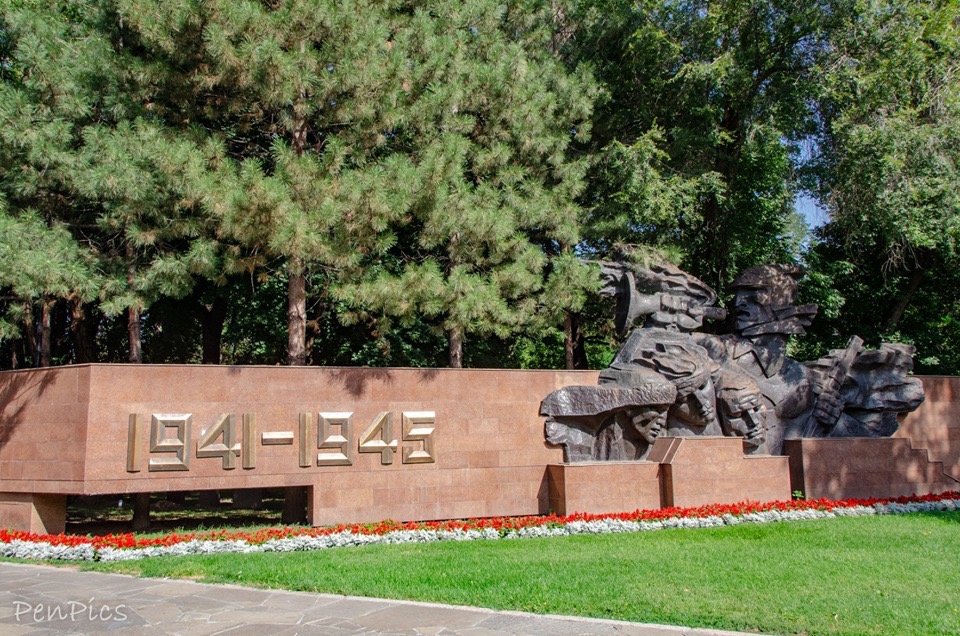
Panfilov Park:
The park is named for the Panfilov Heroes: 28 soldiers of an Almaty infantry unit who died fighting off Nazi tanks in a village, outside Moscow in 1941. They are commemorated at the fearsome war Memorial, east of the cathedral.
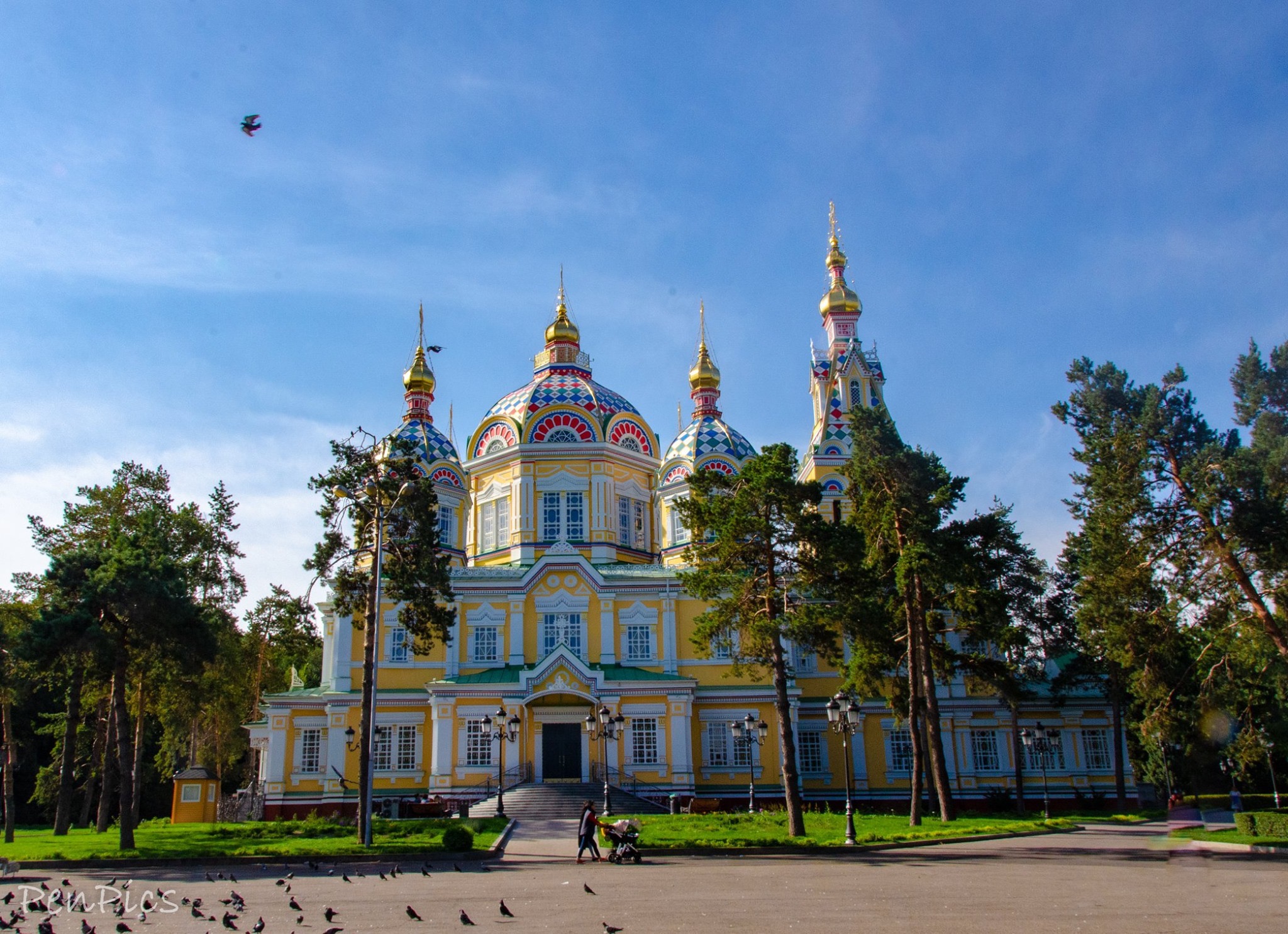
Zenkov Cathedral:
The Ascension Cathedral, also known as Zenkov Cathedral, is a Russian Orthodox cathedral located in Panfilov Park in Almaty, Kazakhstan. Completed in 1907, the cathedral is made out of wood but without nails. Its height is over 170 feet tall, and is claimed to be the second tallest wooden building in the world.
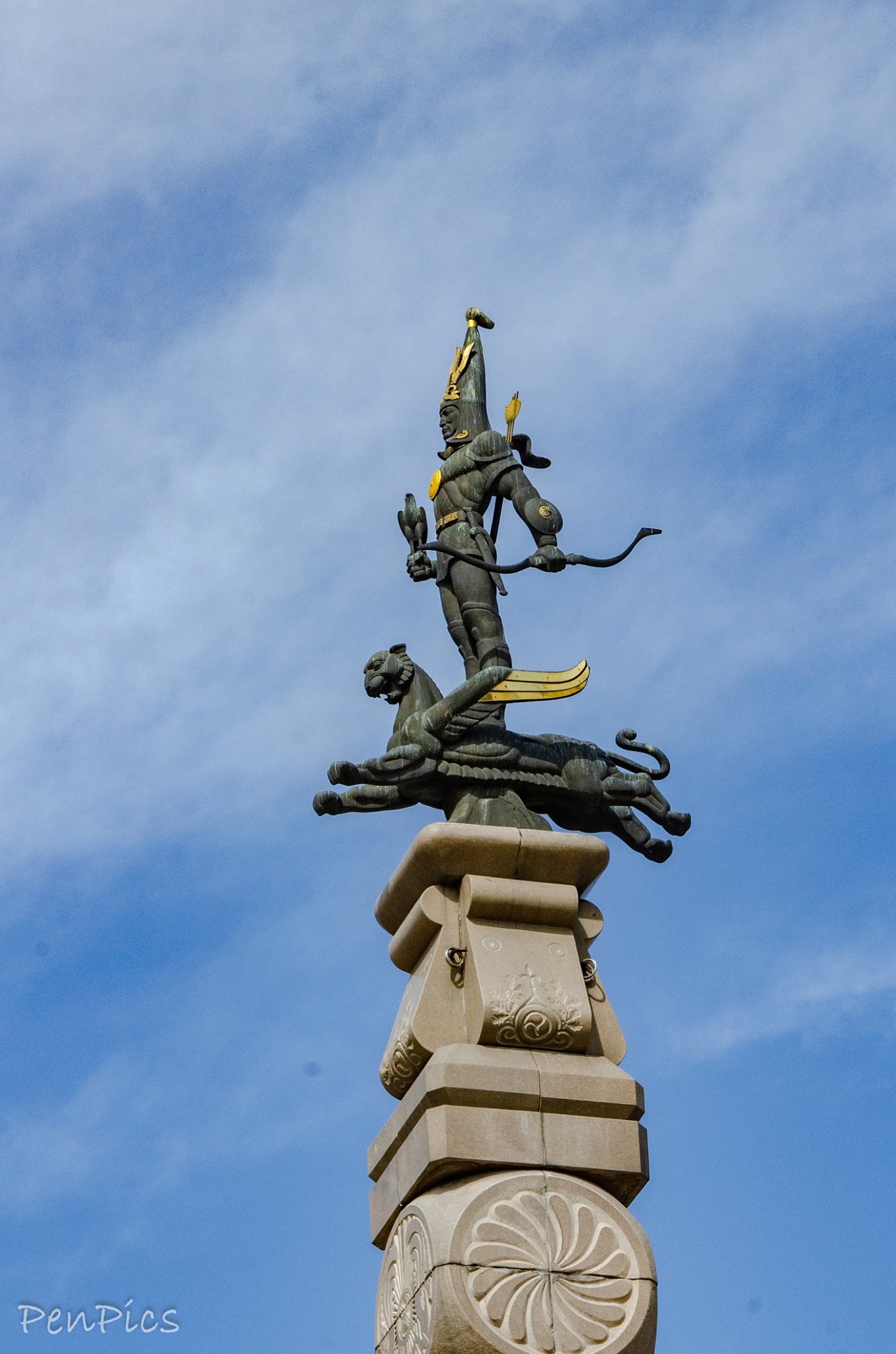
Republic Square:
or The New Square is Almaty’s main and central squares which is used for public events.
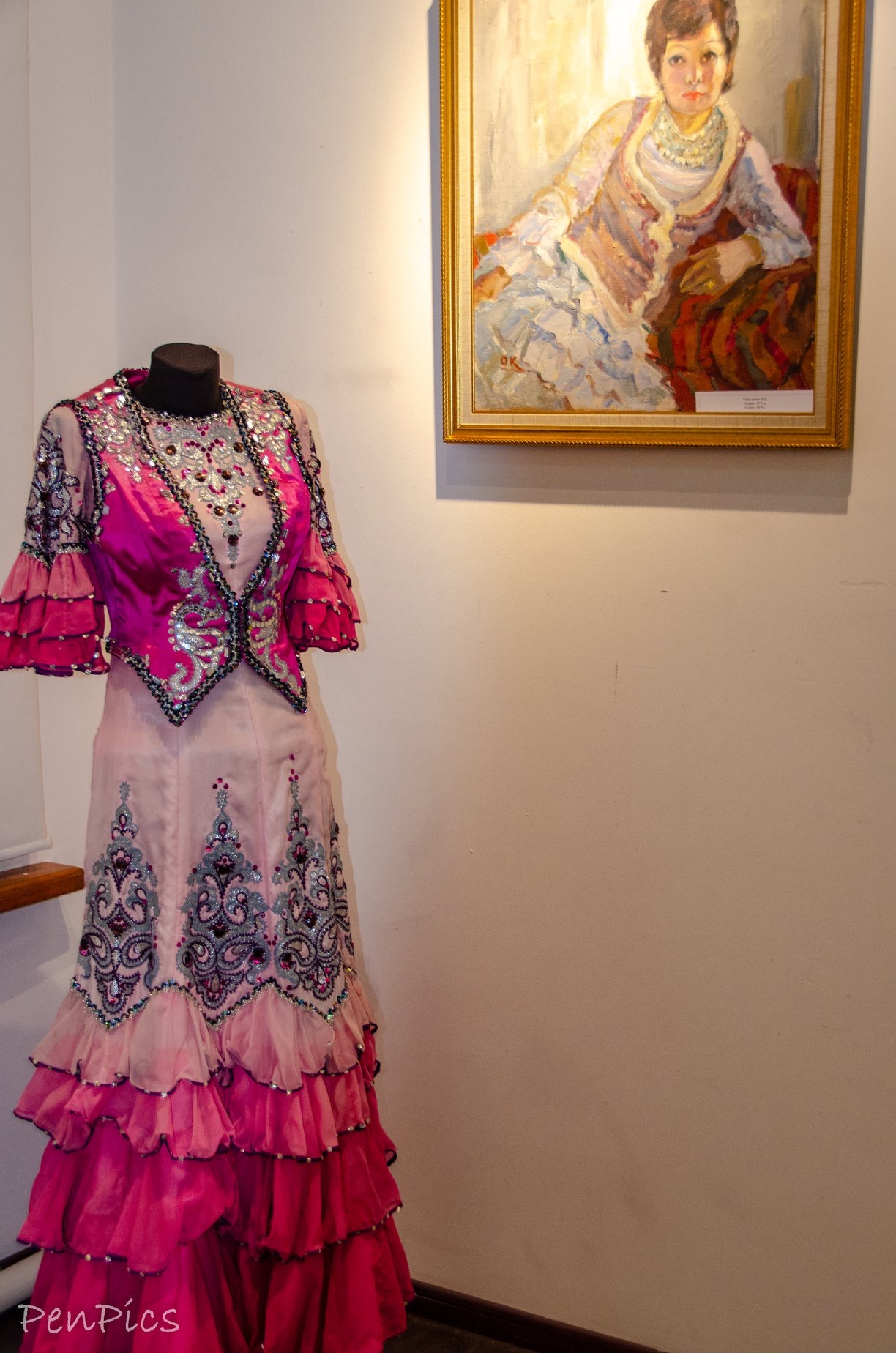
Almaty City Museum
….Continue to Chimbulak; 15 miles, and to take a ride to the mountain ski resort on the cable car. Enjoy amazing views of the snow peaks and the Tian Shan mountains.

Tian Shan Mountains: In Chinese, “Tian Shan” literally translates to mean “Heavenly Mountain.” With its glistening snow-capped peaks, sparkling lakes, and emerald-hued forests, this mountain range certainly lives up to its name! Stretching for over 1,500 miles across Central Asia, it crosses the countries of China, Kazakhstan, Kyrgyzstan, and Uzbekistan. Its diverse landscape, rich biodiversity, and cultural significance meant it was inscribed by UNESCO as a World Heritage Site in 2013.
According to the folk religion of Tengrism, the mountain range is a profoundly sacred place and its second highest peak; 23,000 feet high Khan Tengri, means “King of the Heavens.” Its highest point, known as Jengish Chokusu or “Victory Peak,” towers in at a height of 24,406 feet, meaning it is just 4,613 feet shy of Mount Everest and is the 60th tallest mountain the world. Together they are classed as the two most northerly peaks over 23,000 feet in the world.
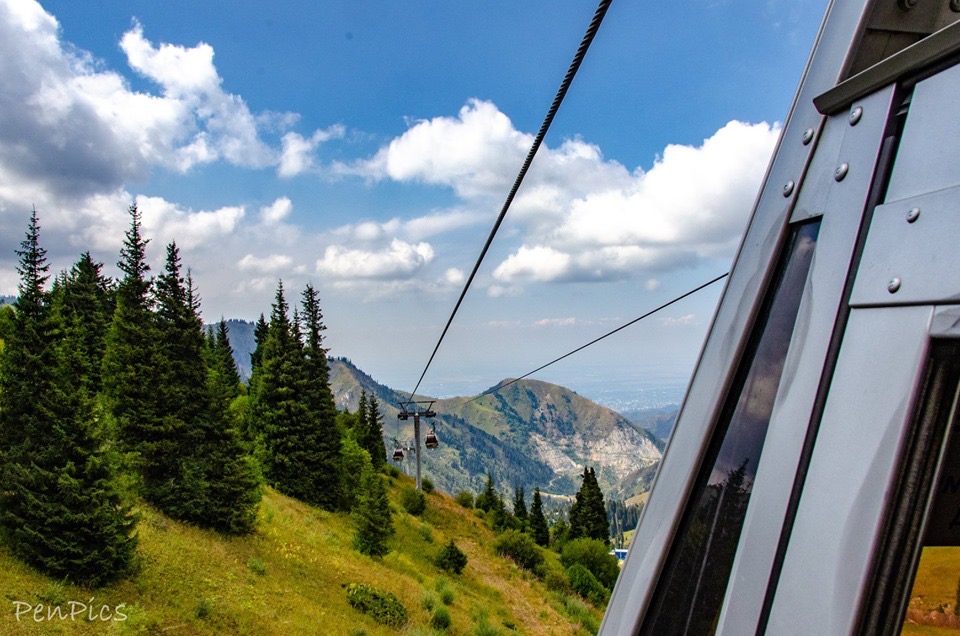
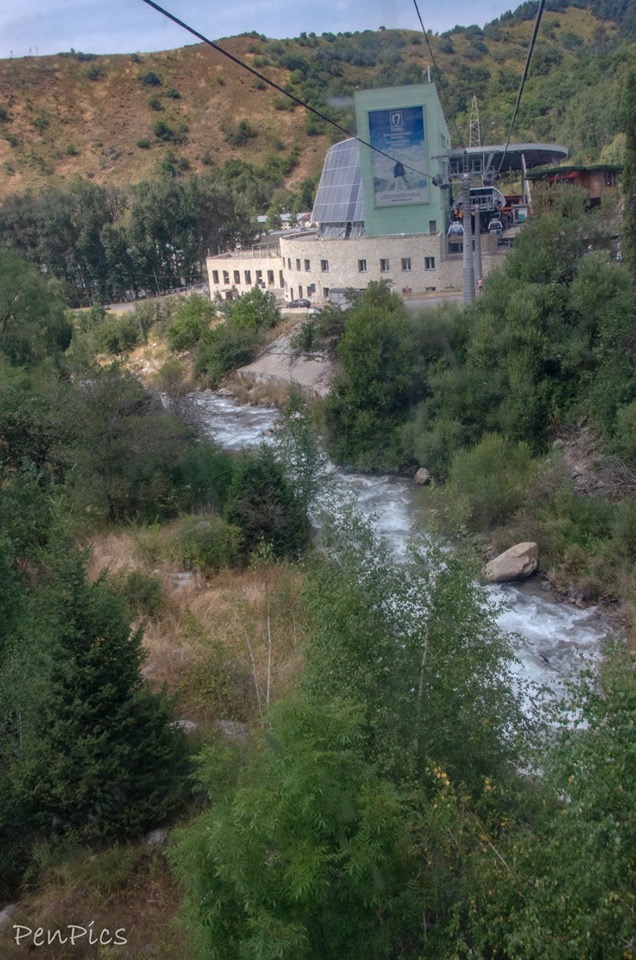
…Later transfer to Sunkar the Falcon Farm, where you will enjoy a spectacular show with specially trained hawks. Hunting with them is one of the most interesting traditions of the Kazakh way of life.
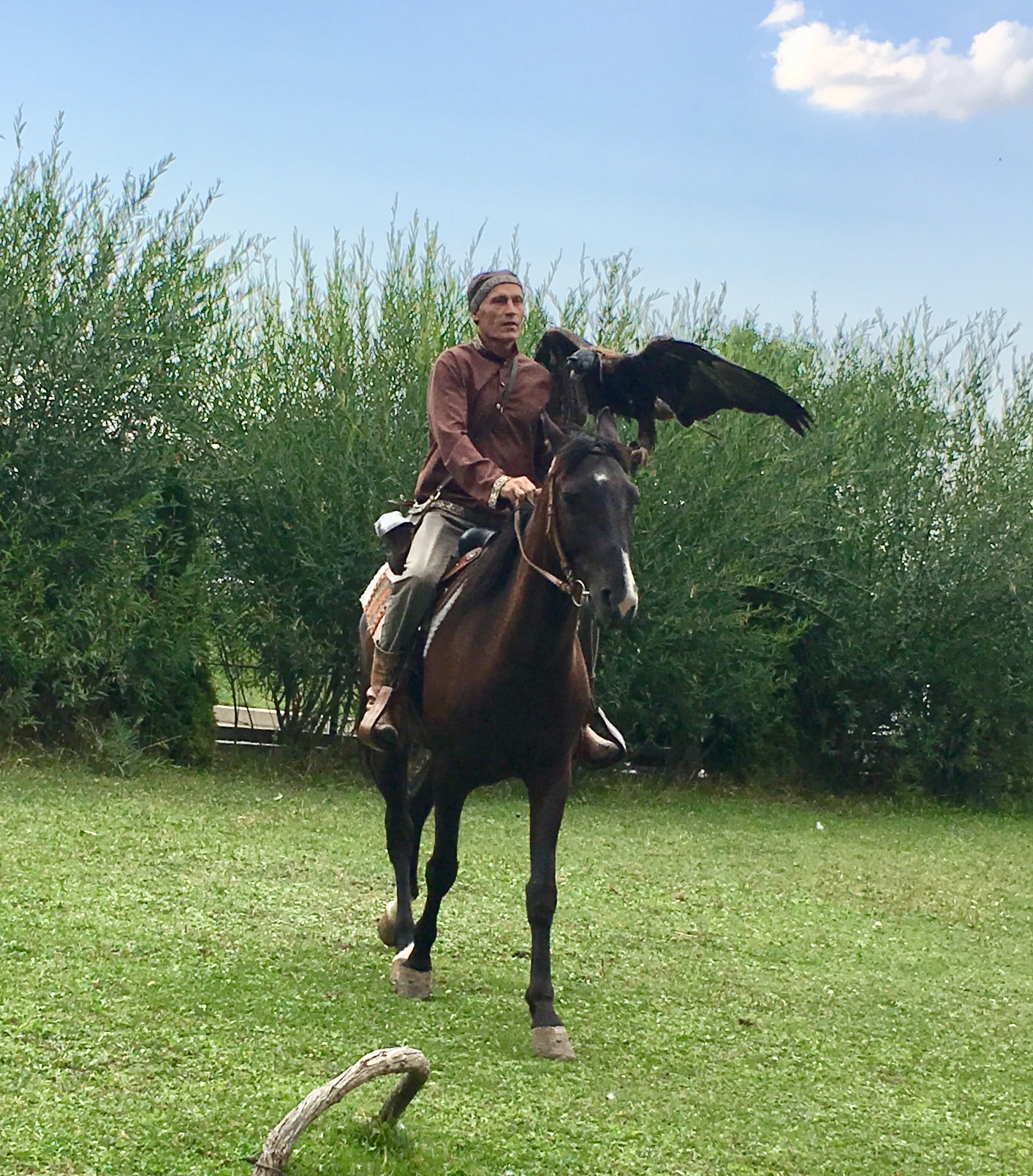
Learn about Kazakhs’ falconry heritage at a falcon farm, a unique insight into the nomadic way of life which was once prevalent throughout Kazakhstan. The Sunkar Falcon Farm, established in 1989 to breed endangered falcon species in effort to reintroduce them to their natural habitat. Learn about the history of falconry in Kazakhstan as well as the different way of live for these birds of prey.

Kyrgyzstan 🇰🇬
officially the Kyrgyz Republic, also known as Kirghizia, is a landlocked country in Central Asia. It is bordered by Kazakhstan, Uzbekistan, Tajikistan, and China. Its capital and largest city is Bishkek. Kyrgyzstan’s history spans a variety of cultures and empires.
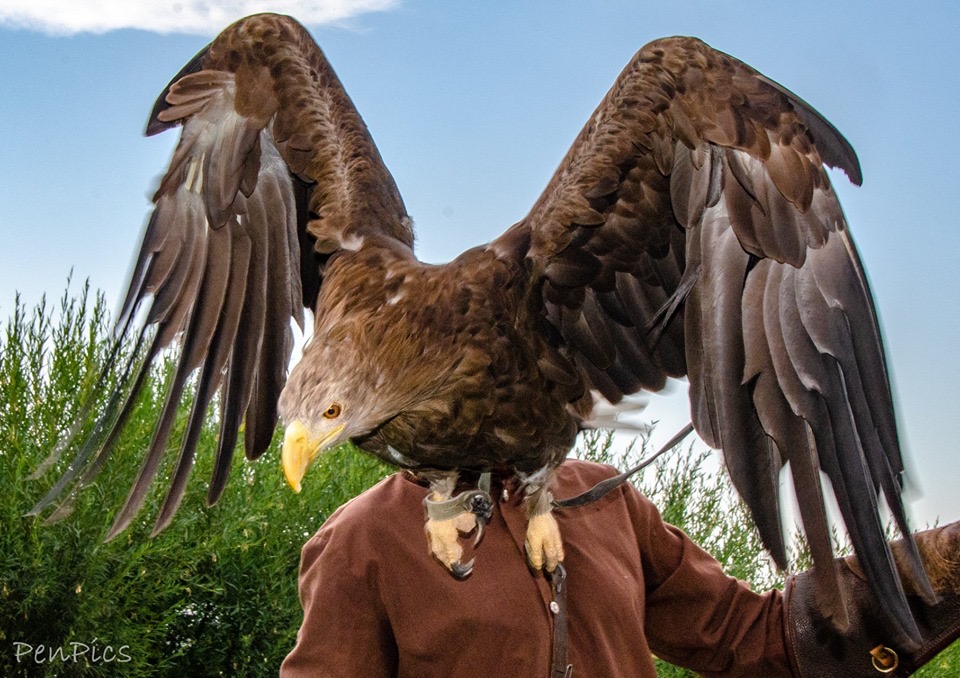
Day 3: Wed, August 21
Almaty, Kazakhstan to Bishkek, Kyrgyzstan
….Transfer to Almaty Airport, and fly to Bishkek
Tour includes….
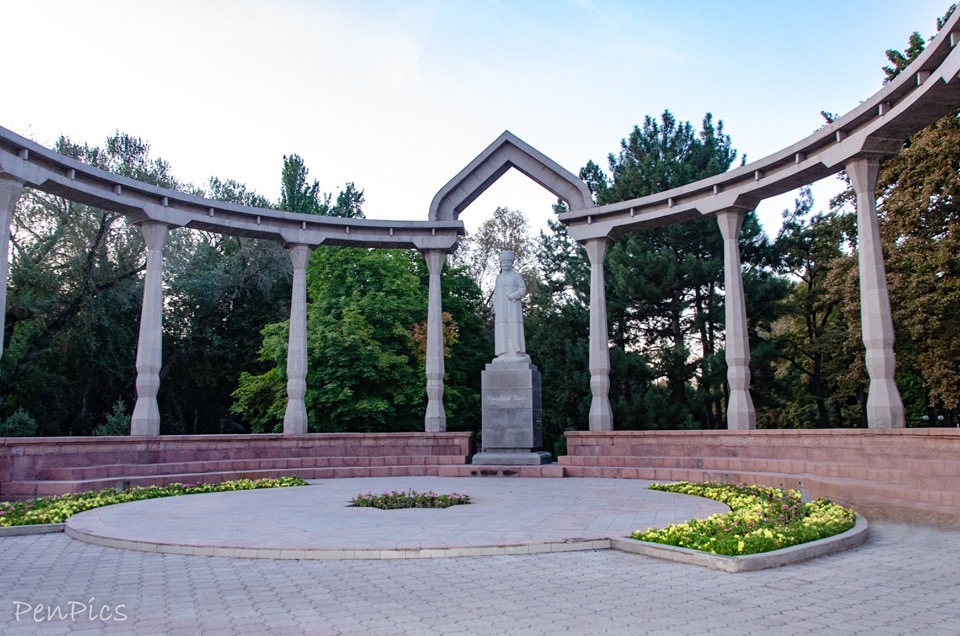
The Oak Park
is one of Bishkek’s oldest parks, and is home to an open air sculpture exhibition, as well as several important monuments and buildings. Even though the park was officially renamed in honor of Chingiz Aitmatov in 2010, it is still mostly known as Oak Park.
Many of the oaks are as old as the city itself. The first trees were planted by Alexei Fetisov in 1890, a botanist from Russia.
Tucked into one corner is the Red Guards Memorial, for those who died defeating an uprising in 1918, as well as the Russian Drama Theater. St Nicholas Church is also here, which held the original art museum.

Ala-Too Square:
was built in 1984 to celebrate the 60th anniversary of the soviet republic of Kirgizia. It was then decorated by an imposing statue of Lenin, which was later moved to a smaller square in 2003.
The Lenin statue beheading at the the square was replaced by the Erkindik statue symbolizing freedom. In 2011, yet another statue was inaugurated; that of the great hero Manas, to celebrate the 20th anniversary of the independence of Kyrgyzstan.
On March 24, 2005, it’s on Ala Too Square that civilians took to the streets for the greatest anti-government demonstration of the Tulip revolution in Kyrgyzstan. More than 15,000 people protested the results of the legislative elections. The week of protests ended with two deaths and hundreds of people injured, but it led to the resignation of the first president of Kyrgyzstan, Askar Akayev. He then fled the country.
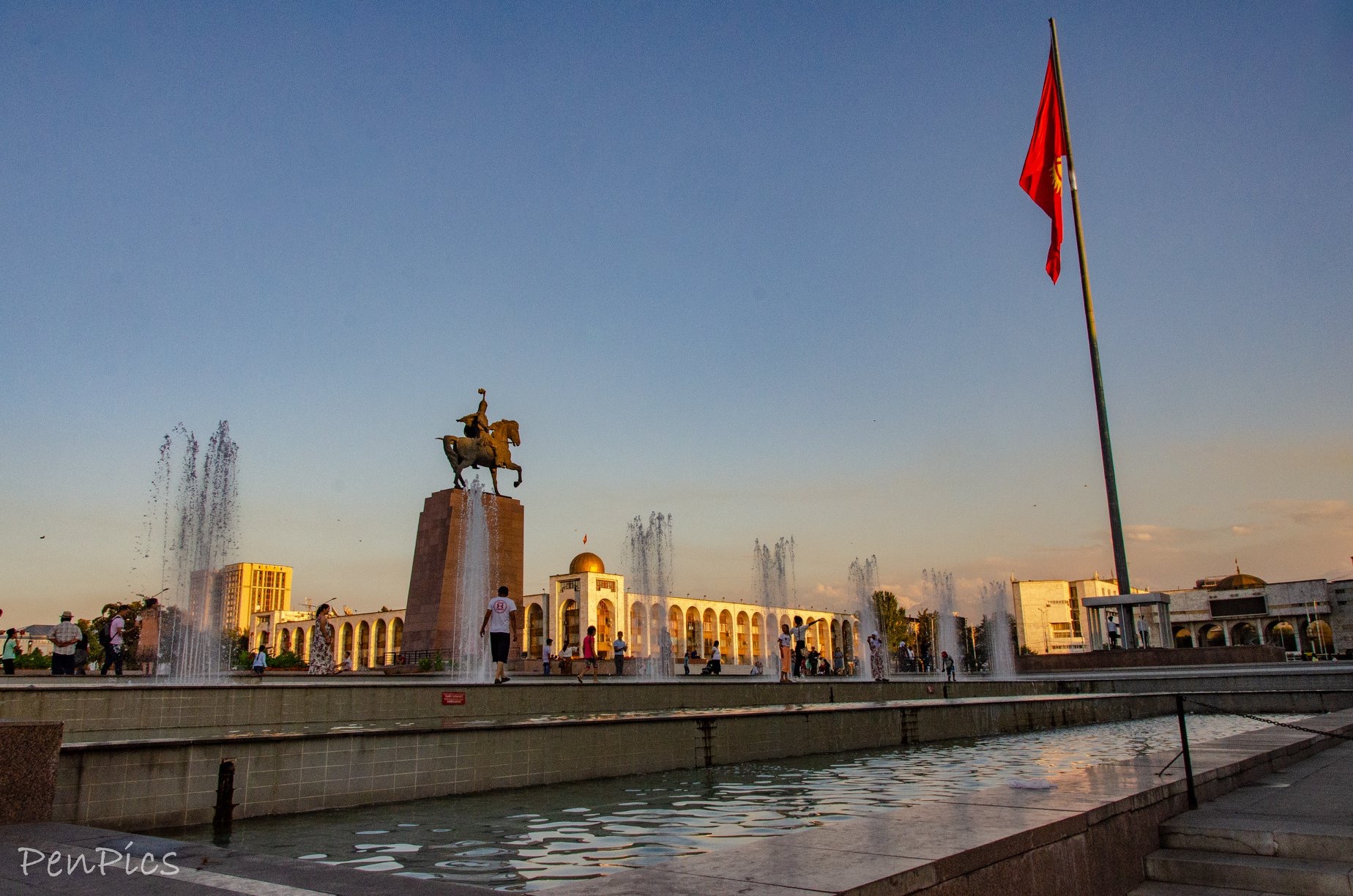
Statue of Manas
A statue of the epic hero Manas, dominates Ala-Too Square in Bishkek, previously occupied by a statue of Lenin. UNESCO has added the Kyrgyz Epic of Manas to its “intangible heritage” list.
The “Epic of Manas” is a traditional epic poem of the Kyrgyz people. Manas is the name of the epic’s hero. Most historians believe, more than a millennia ago, to be one of the world’s longest poems at more than half a million lines. The epic tells the story of Manas, his descendants and his followers. All the while, wise men describe the deeds Manas will accomplish and the armies he will lead. When he is born, he leaps from the womb and lands on his feet, ready to fight. Manas’ strength is drawn from the animal spirits protecting him: there is a lion at his side, a giant hawk overhead, and a dragon leads his way. Manas is the classic centerpiece of Kyrgyz literature, and parts of it are often recited at Kyrgyz festivities by specialists in the epic, called Manaschi. Manaschis are usually called to their profession in a dream. In this dream, they meet Manas or other characters from the epic, who tell them to become Manas narrators. If they do not obey, they believe they will fall ill or become crippled. Manaschis tell the tale in a melodic chant accompanied by musical instruments. Manas is said to have been buried in the Ala-Too mountains in Talas Province, in northwestern Kyrgyzstan. A mausoleum, some 20 miles east of the town of Talas, is believed to house his remains and is a popular destination for Kyrgyz travelers. Traditional Kyrgyz horsemanship games are held there every summer. An inscription on the mausoleum states, however, that it is dedicated to “…the most famous of women; Kenizek-Khatun, the daughter of the emir Abuka.”
Legend has it that Kanikey, Manas’ widow, ordered this inscription in an effort to confuse her husband’s enemies and prevent a defiling of his grave.
The building, known as “Manastin Khumbuzu” or “The Ghumbez of Manas,” was probably erected in 1334. On the grounds is a museum dedicated to Manas and his legend.
Kyrgyz people really look up to him and the epic stories that go along with his rise to power, and his ability to save the Kyrgyz people from the Chines people. There is many different stories of his strengths and his kindness, but every one has a different vision of who Manas is to them. Manas must be the grandfather of all grandfathers to the Kyrygz people.

Philharmonic Hall:
is the home of the Royal Liverpool Philharmonic Society and is recorded in the National Heritage List for England as a designated Grade II* listed building. It is not the original concert hall on the present site; its predecessor was destroyed by fire in 1933 and the present hall was opened in 1939.
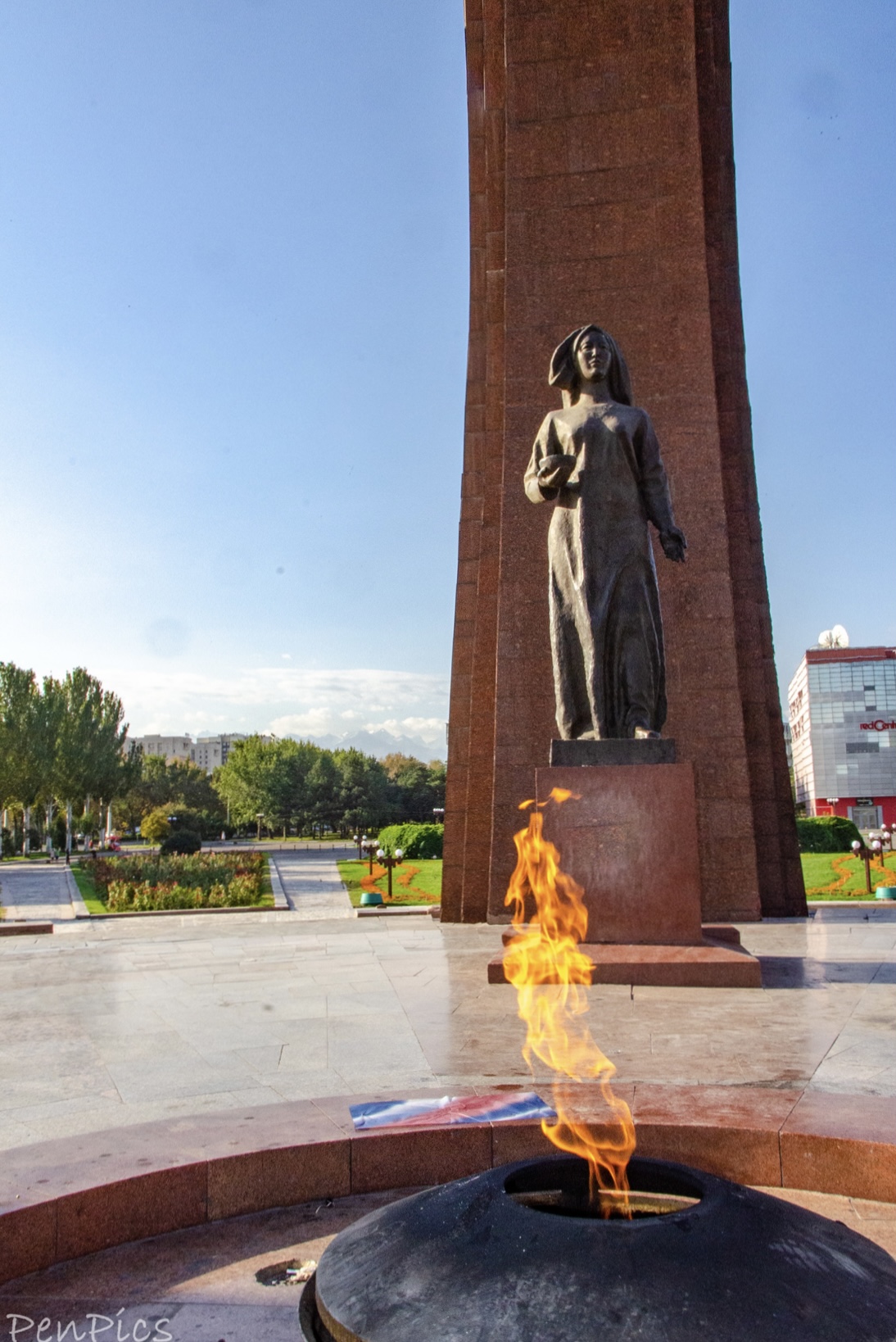
Victory Monument:
is a public square in the city of Bishkek, the capital of Kyrgyzstan. It is dedicated to the Victory in the Victory over Nazi Germany. It was created in 1985, on the occasion of the 40th anniversary of the end of the Second World War.
Day 4: Thursday, August 22 Bishkek, Kyrgyzstan to Burana to Don Aryk, then back to Bishkek and on to Tashkent, Uzbekistan ….Start the trip from Bishkek.
Firstly, you will stop at….
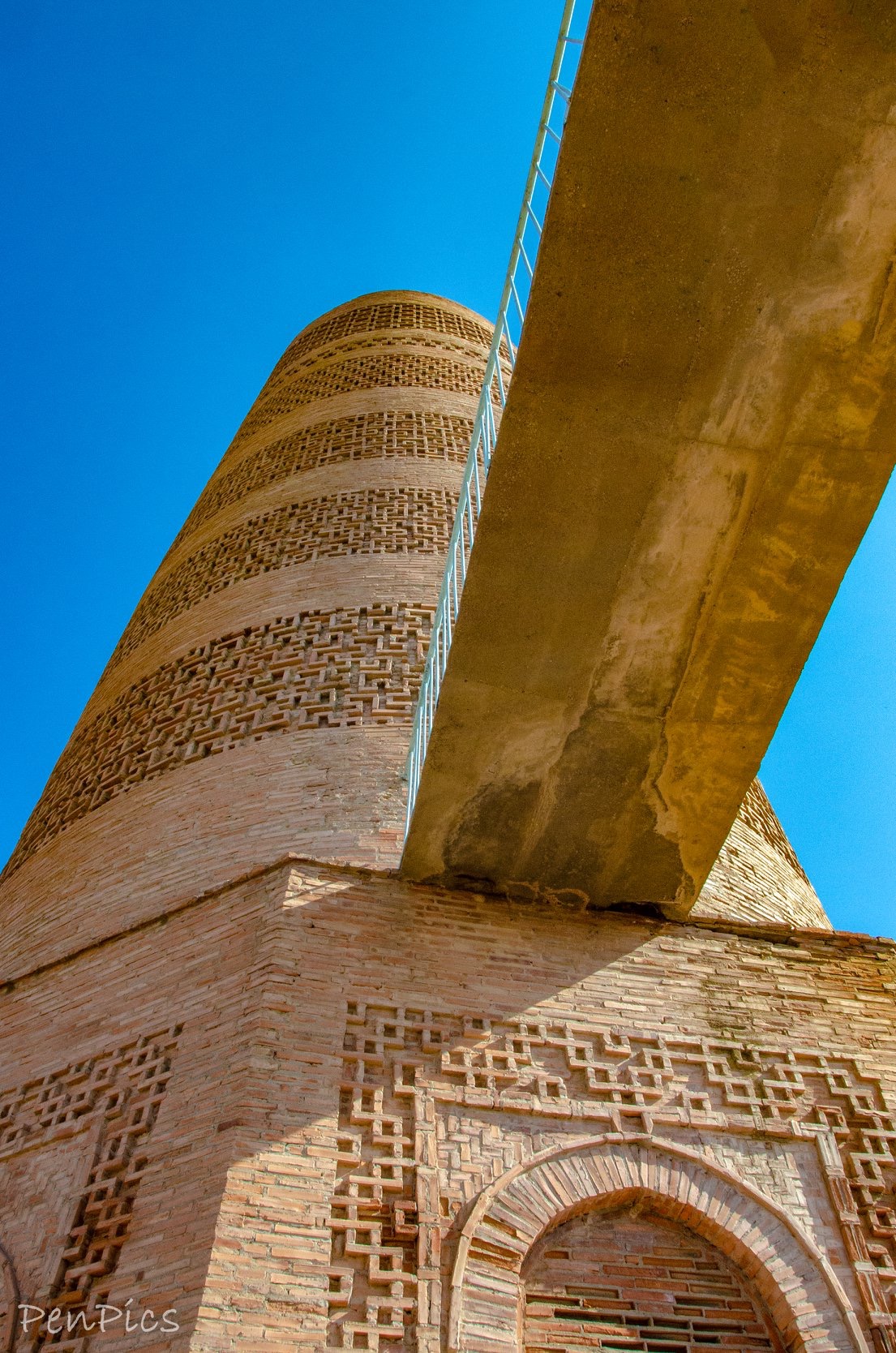
Burana Tower
This is a historical complex, which marks the original site of Balasagun, the Karakhanid town.
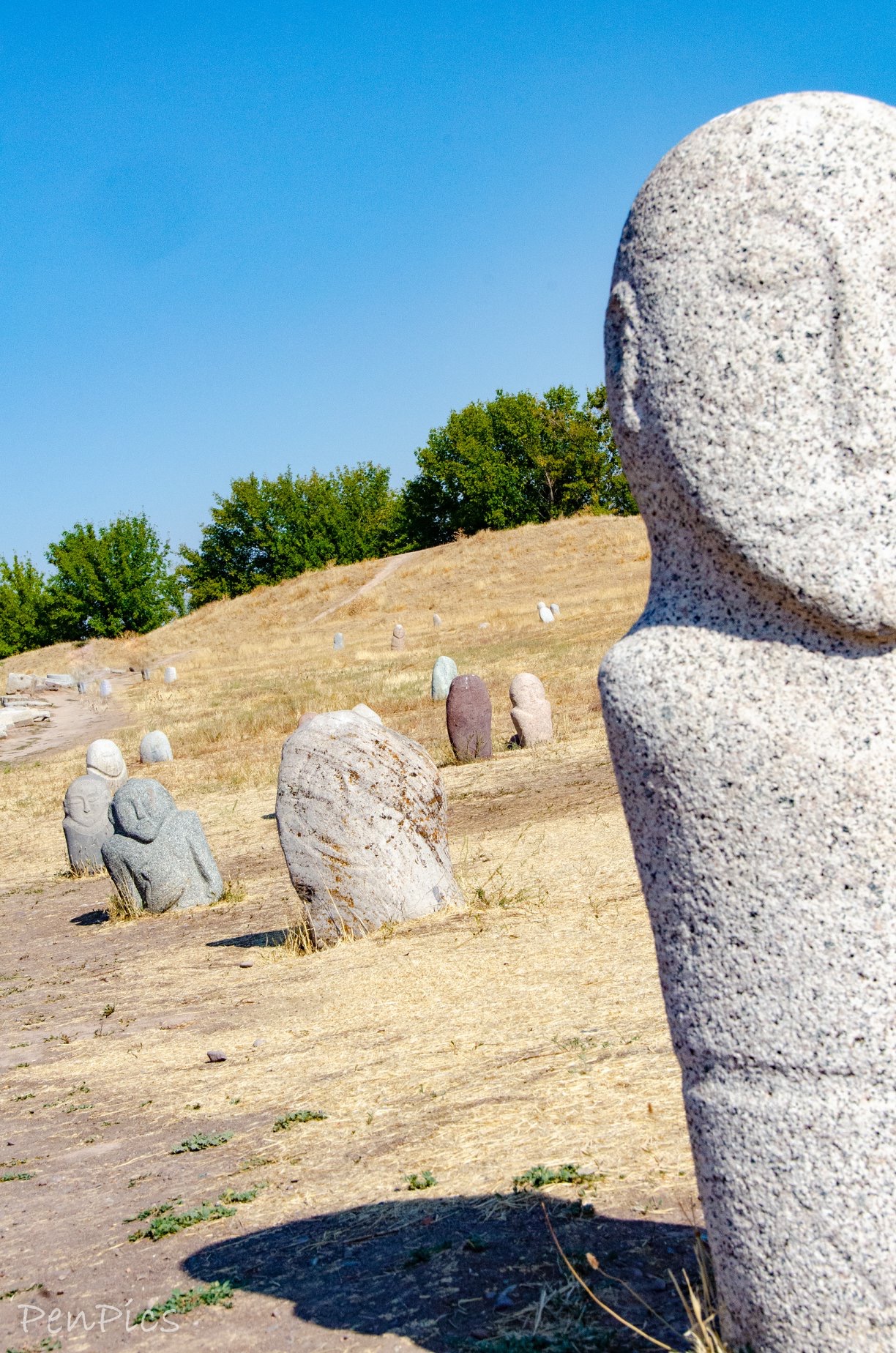
…After, you will watch Kyrgyz national horse game “Ulak Tartysh” (goat pulling). Ulak Tartysh (a.k.a Kok Boru) is a fight between two teams of riders for a goat carcass.
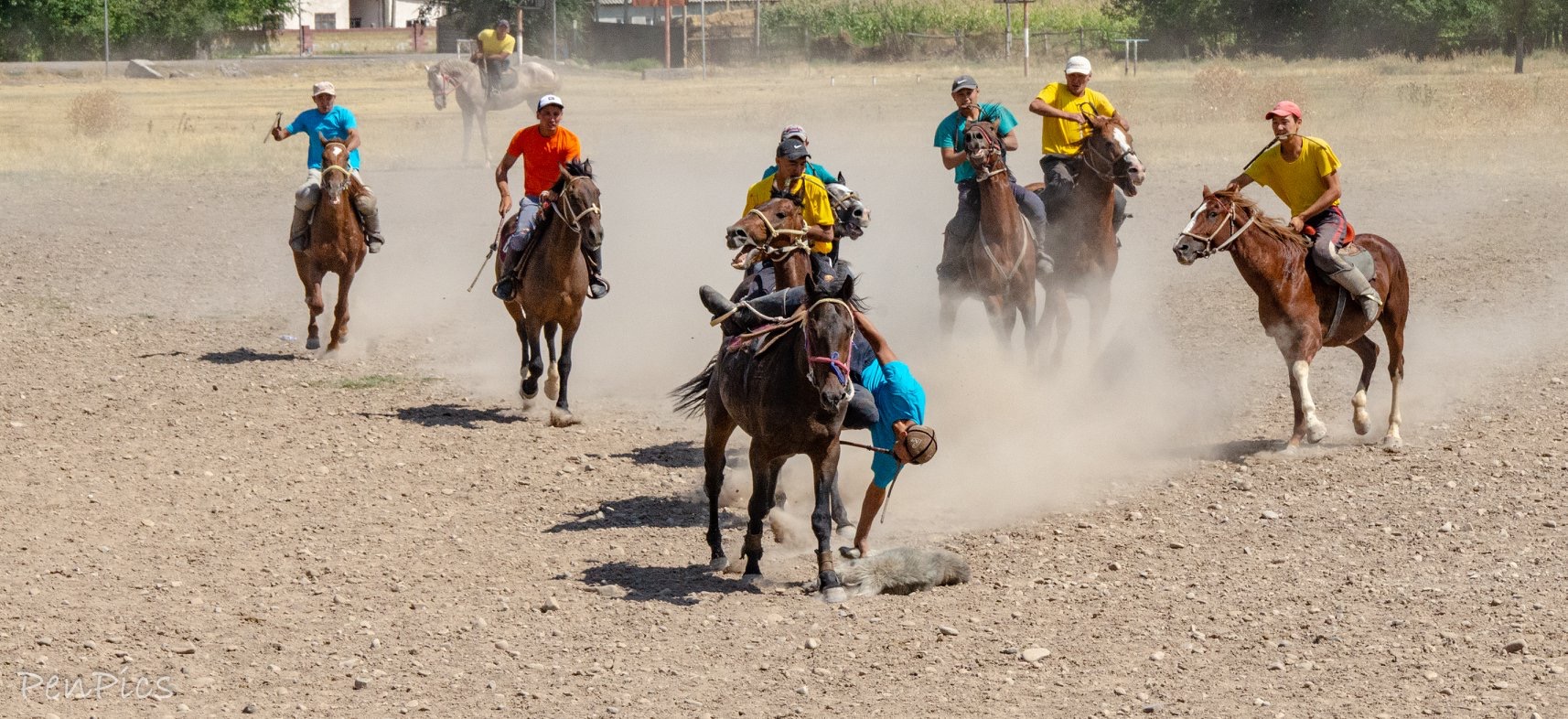
….Transfer to Don Aryk village where you will have lunch at home of a local Kyrgyz family. You will have a chance to watch a demonstration of yurt (nomadic dwelling) assembly, and even take a part in it, if you wish. A Local Kyrgyz woman will tell the meaning and use of the each part of the yurt.
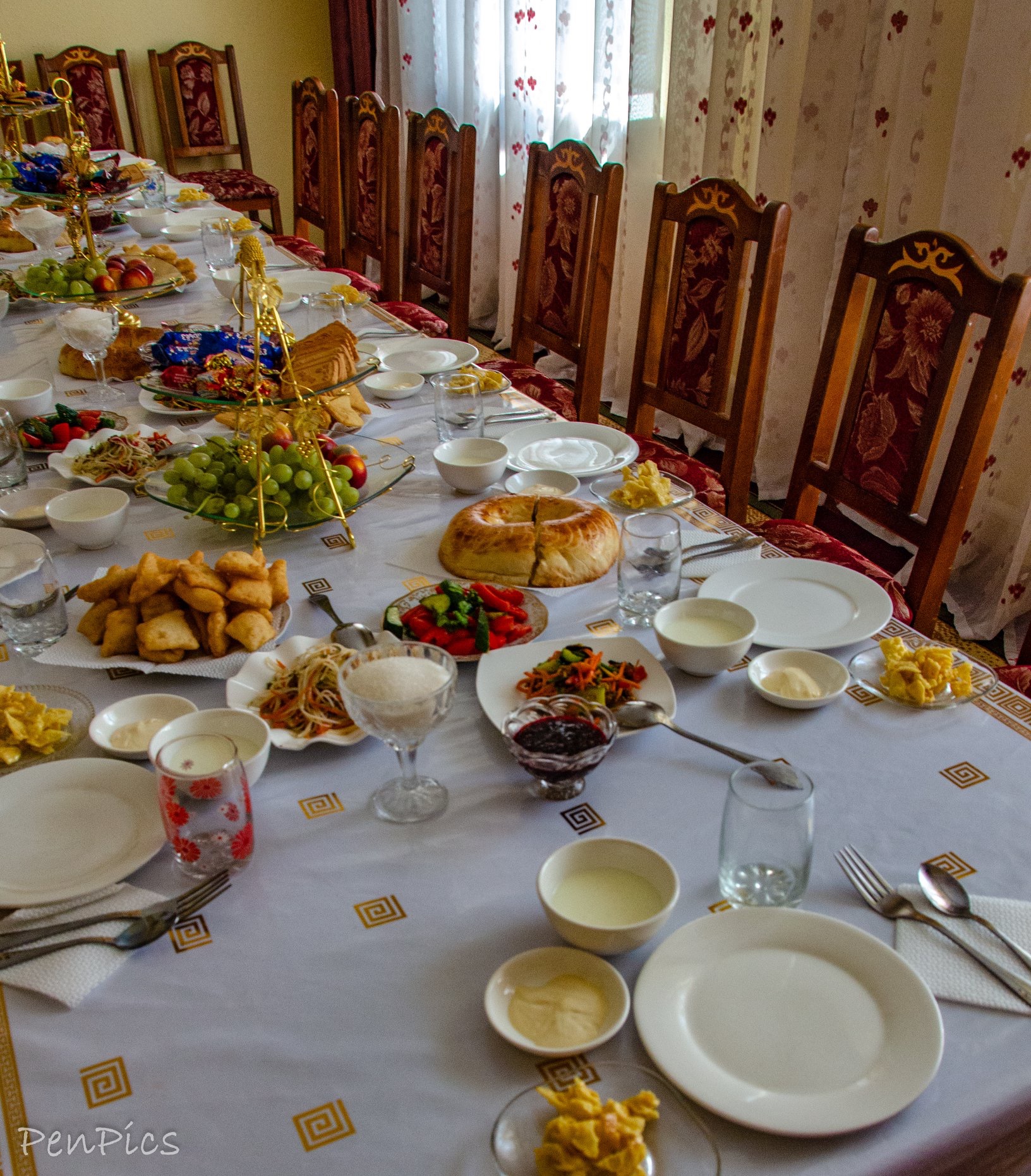
….Transfer back to Bishkek; 68 miles to Airport for evening flight to Tashkent
*Duration of transfers; 3-4 hours

Click on the links below to see all the photos from this blog
Kazakhstan 🇰🇿
NOTE: We stayed on our own in Almaty before and after the tour, so we have lots of photos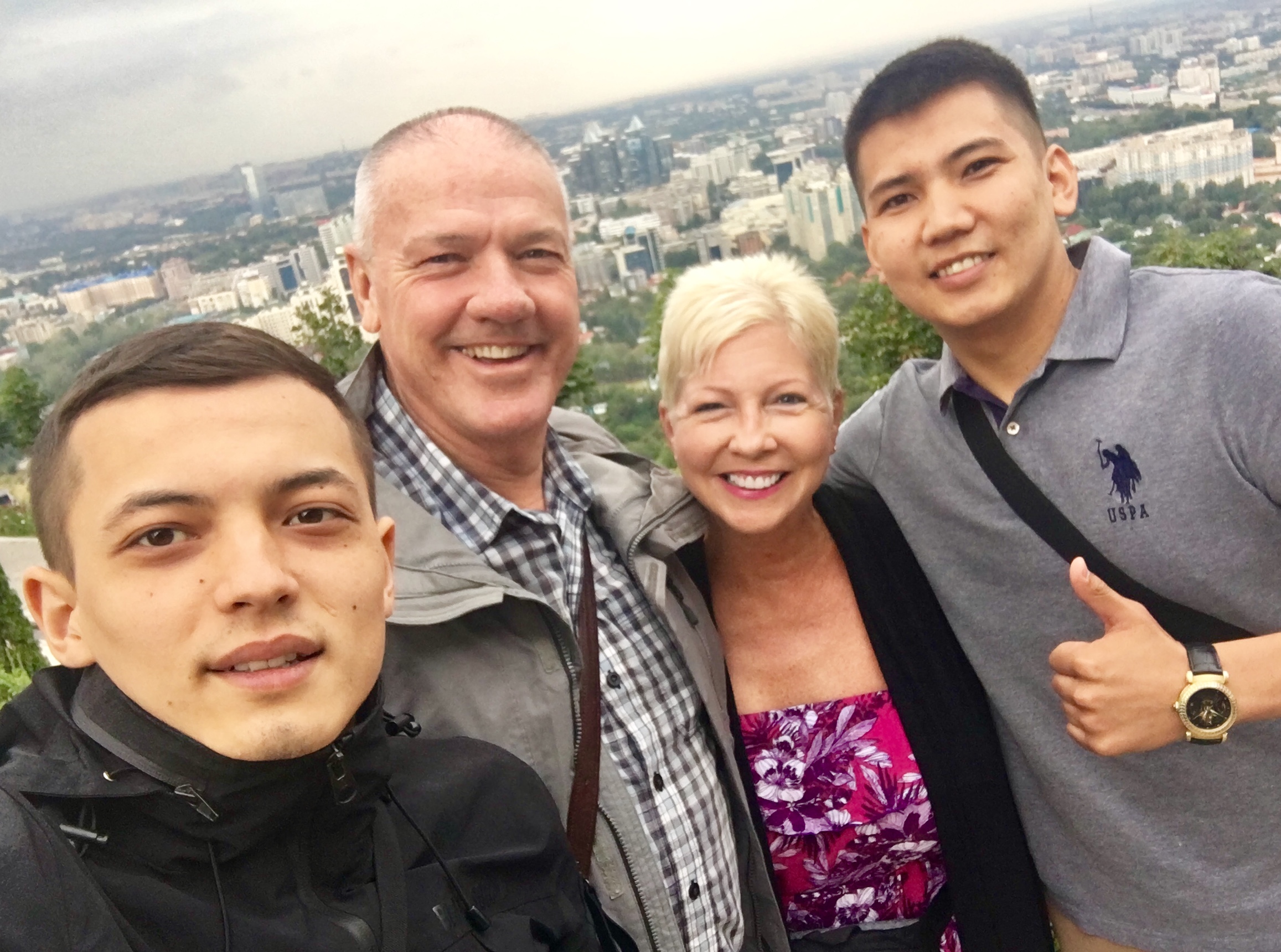
We met some nice young men who showed us The Kók Tóbe Park. It’s wasn’t very busy, which was nice for us. It is a recreational area in Almaty, Kazakhstan that has a amusement park attractions and restaurants. It is located on top of Kok Tobe and is connected to downtown Almaty by a cable car line.
We went back to the city and enjoyed our first authentic Kazak meal. Yum!
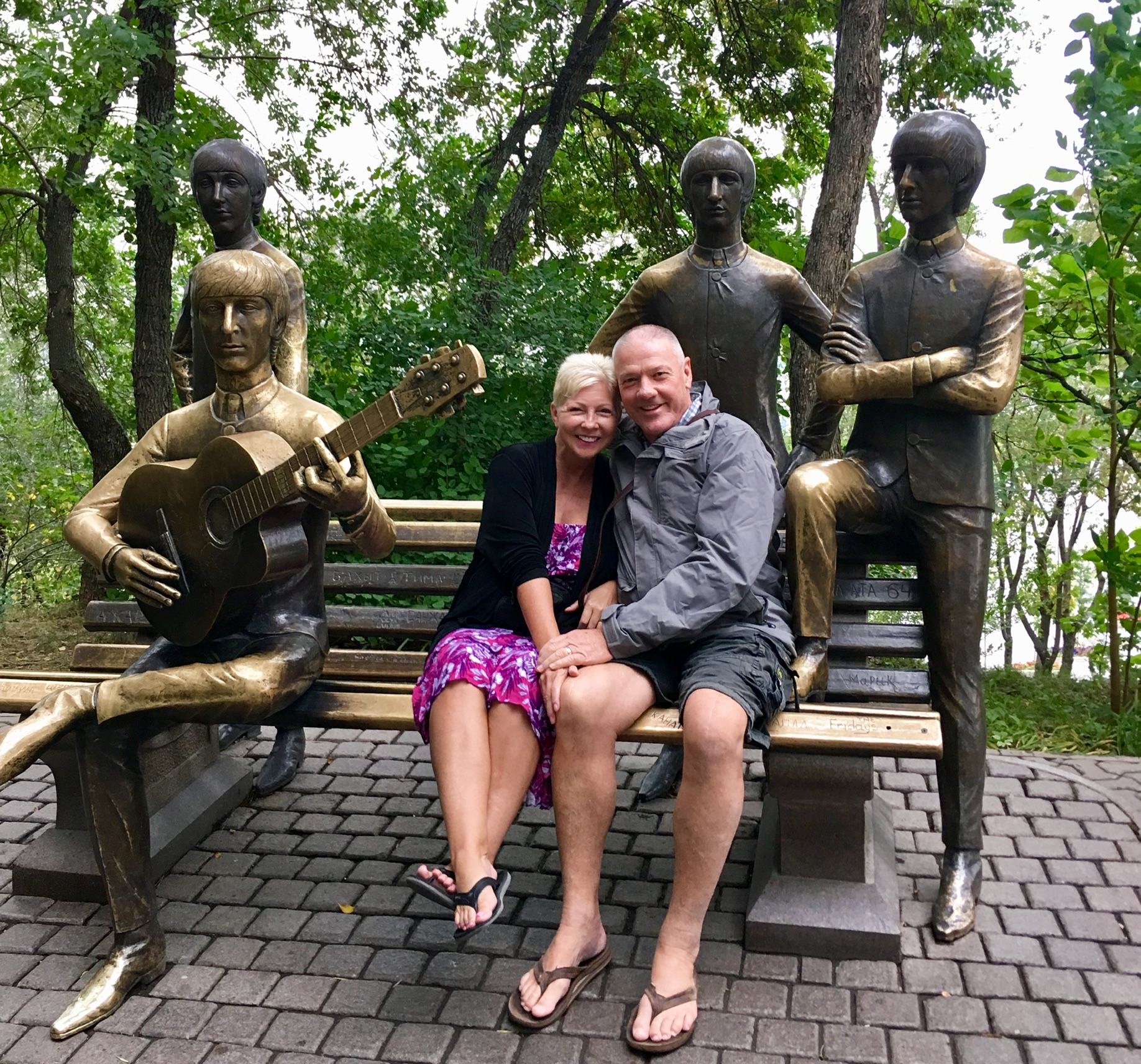
The Beatles Park with piped-in Beatles music
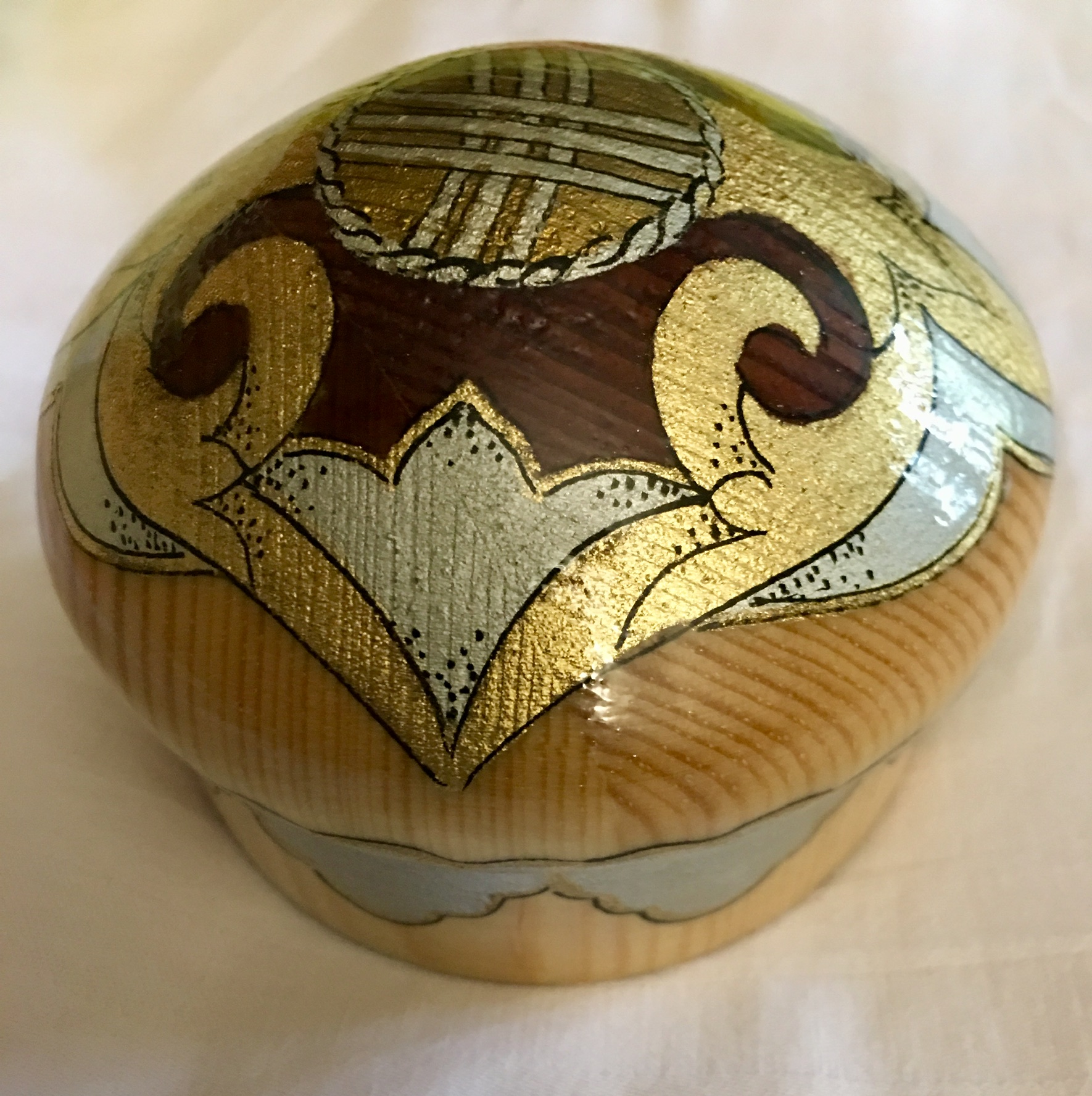

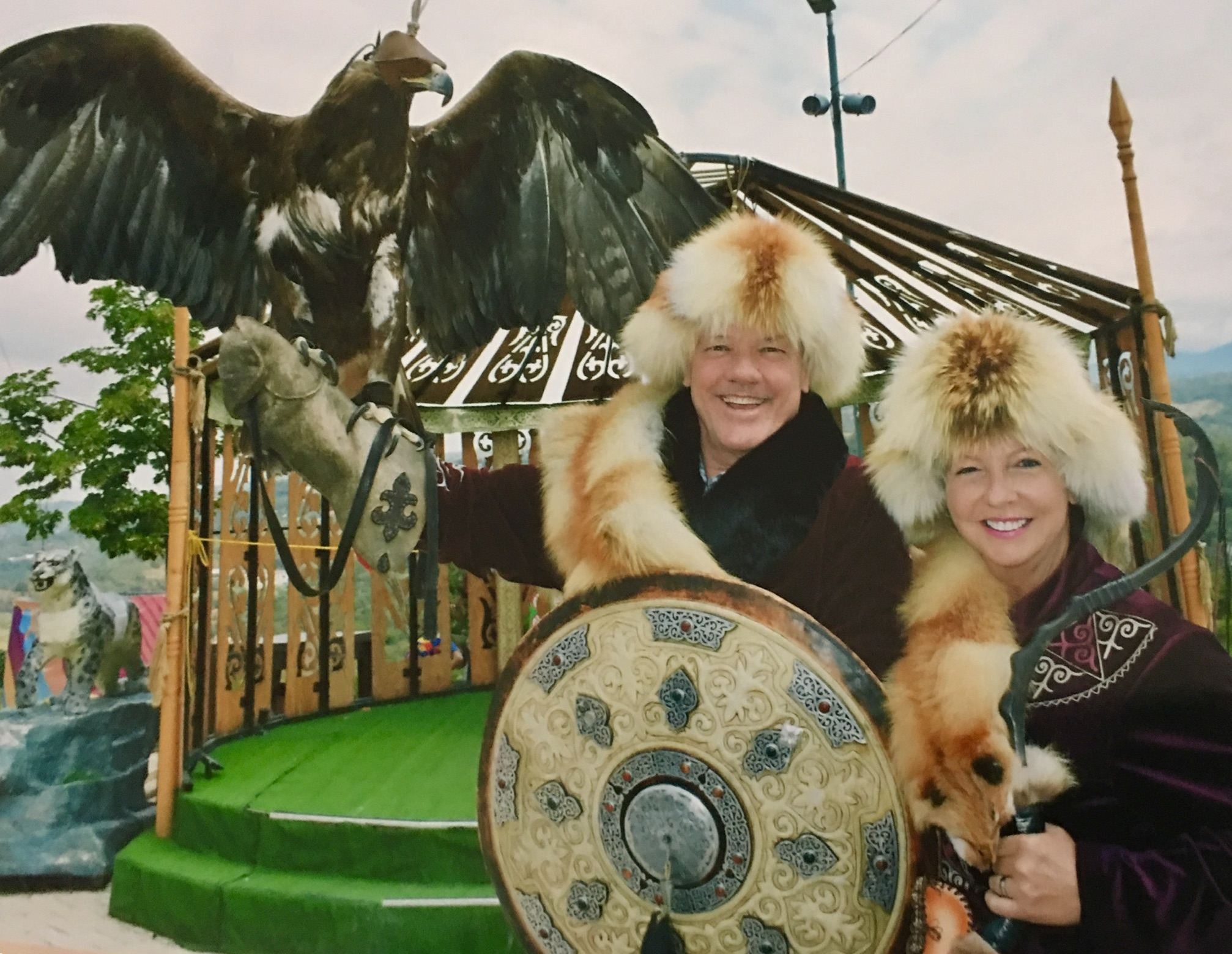
Yes, the Golden Eagle is real
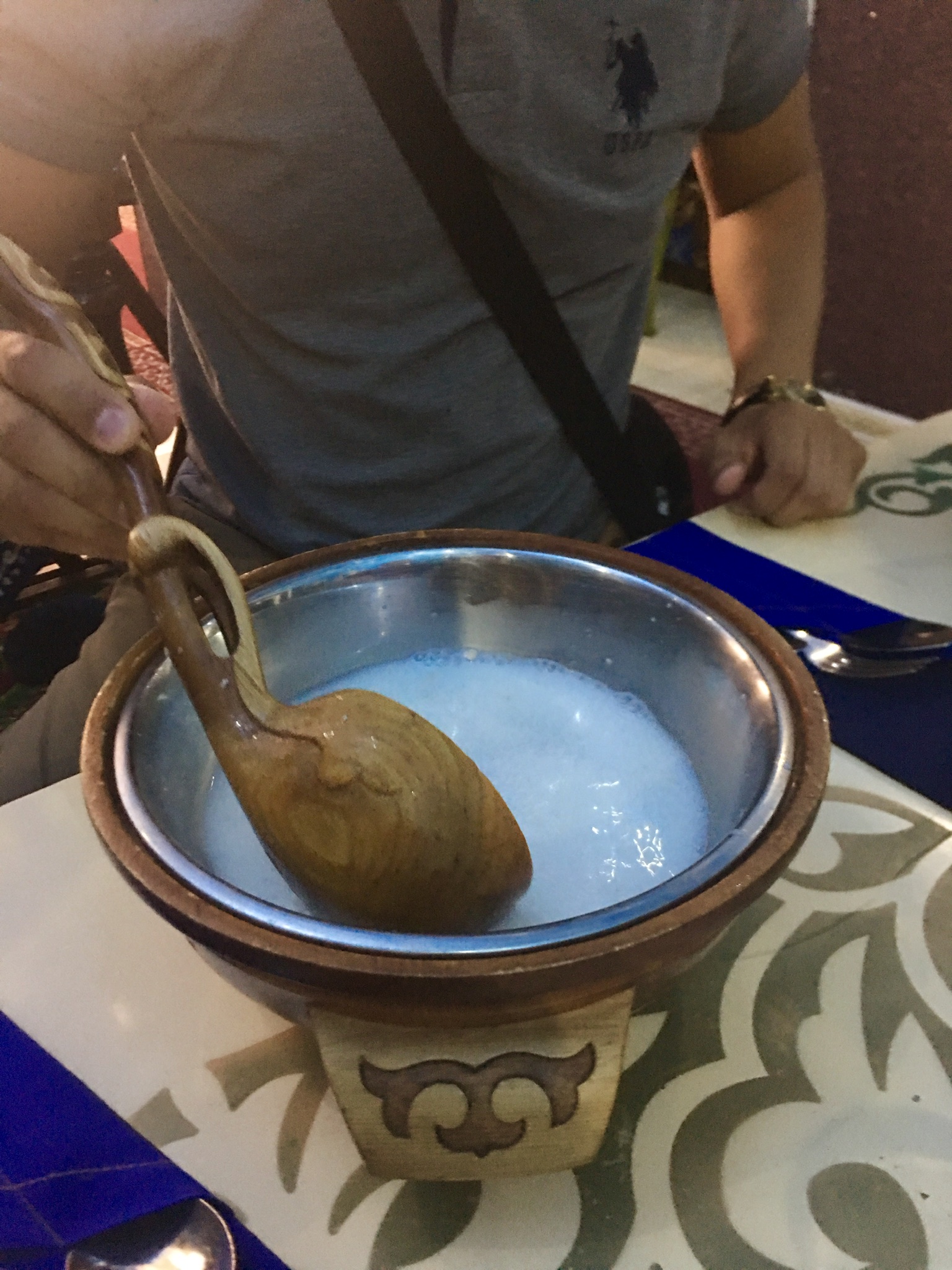
Horse Milk
Kazakhstan 🇰🇿
City of Almaty:
Ascension Russian Cathedral:
All Tour Sites previously mentioned:
Kyrgyzstan 🇰🇬
Horse Games (so exciting)!
Burana Ancient City of Balasagun:
Bishkek and All Tour Sites previously mentioned:
Archive Blog Posts of Our Country Visits
About Us

About Us
Hello and Welcome to our Travel Blog Website, We enjoy writing about our experiences and taking photos of our adventuring along the way. Our names are: Daryl and Pen, but Daryl calls me “Bunny.” We met, quite randomly, whilst both… Read More









